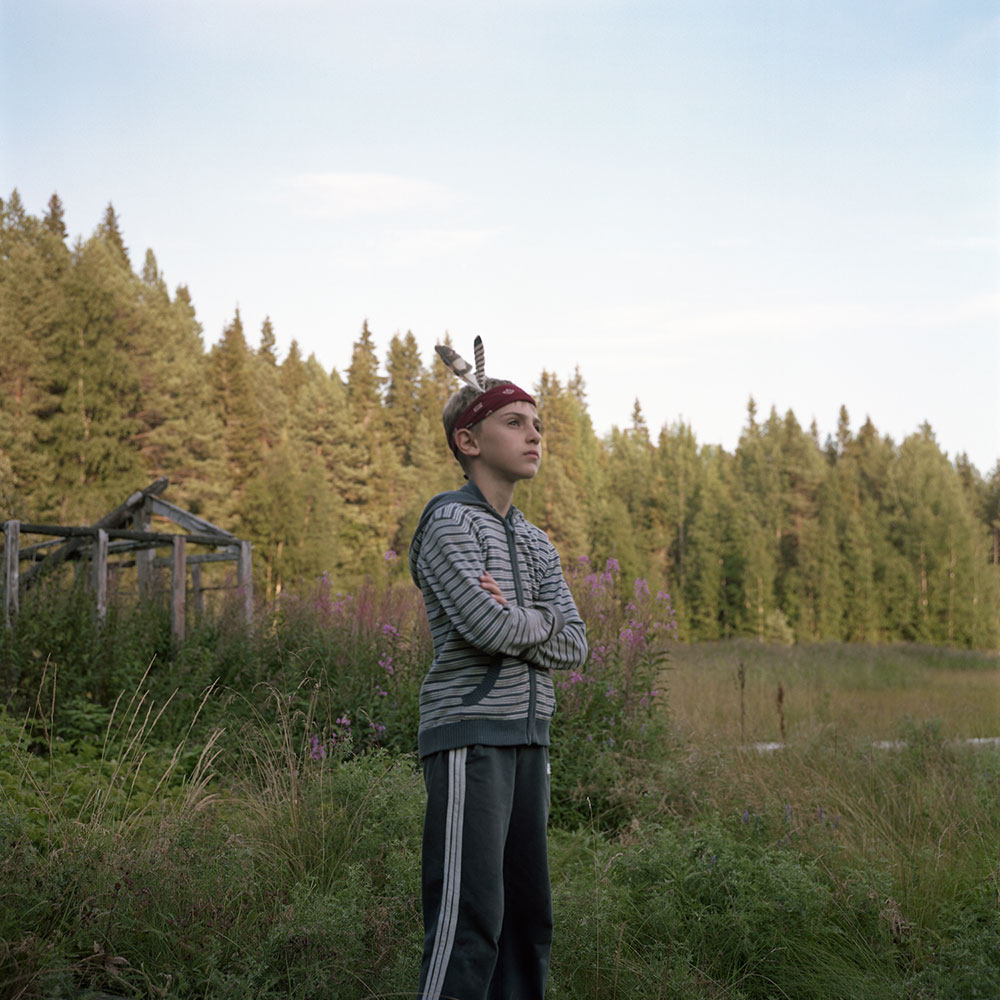Russian photographer Natalie Maximova is drawn to stories that lie on the periphery. After documenting the lives of sexual minorities in Russia, she photographed the workers that go unnoticed at the archives of the country’s biggest library. Maximova has since been interested in landscape and its various forms and meanings. In 2013 she made the journey to the shores of the Arctic Ocean in the Russian North, where the quiet life amid harsh conditions formed the series No Man’s Land (2013-14), a precursor to Hyperborea (2014-15).
“At the beginning I started to work on No Man’s Land, focussing on the current state of territories which were quite powerful in the past. After a while I was driven more into personal contemplation of the landscape and its melancholy. I discovered the Greek myth about a utopian land called Hyperborea, presumably located on the Far North, and began to explore landscape in its mythological and historical context, connecting it to Friedrich Nietzsche’s ideas of the Übermensch. I guess it was the place itself that guided me from one idea to the other,” the photographer says.
According to Greek mythology, Hyperborea was home to an advanced civilisation of people, their status somewhere between gods and mortals, who lived without human pain and suffering. The very idea that a whole nation could disappear without a trace calls into question the reliability of recorded history. “Landscapes are full of traces,” Maximova says. But her photos do as much to conceal as to disclose. The legendary land is a testing ground for the photographer to explore the fine line between myth and memory.
Hyperborea comes from the Greek for “beyond the north wind” and conjures the image of a free, faraway paradise. Maximova’s landscapes are sublime yet suffocating. Signs of presence in otherwise empty scenes, such as the ripples on the surface of still water, suggest this land as having just been vacated. There are many other ruined objects: these contribute to the general feeling of abandonment, of our being left behind in a world that is no longer sovereign. Shot around the Murmask region, the photos are permeated by deafening silence like that after a bomb explosion.
“I try to capture the surviving remnants of purity of the natural landscape and reveal fragility between the natural and the artificial, amnesia and memory, experience and language,” says Maximova. Just as Nietzsche calls modern man Hyperborean in The Antichrist, asking the reader to consider their destiny, the photographer connects the legend with our own reality: “I hope this work also deals with our increasing disillusionment and disconnectedness with great historical accounts and their apparently failed promises of progress and a better future.”
Text: Liza Premiyak
Image: Natalie Maximova





















